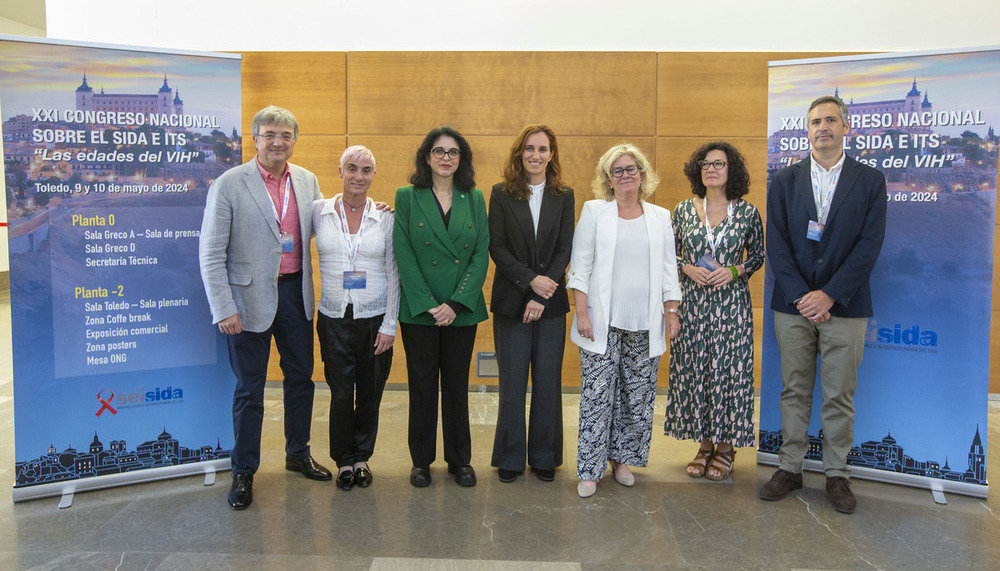Stigma, another chronic consequence

The owner’s profile has changed. When the disease was discovered, only one in ten patients in Spain was over 50 years of age; Today, the lifespan of every third infected person exceeds half a century. AIDS has ceased to be fatal and has become a chronic disease. “These are people who do not pose a danger to anyone, those who are undergoing treatment do not pose a danger,” says José Antonio Pérez, the outgoing president of Seaceida. However, the stigma persists. People living with HIV have to “carry a bag of guilt that others do not carry; For example, no one blames a smoker for having lung cancer,” he insists.
The mortality rate that threatened those infected in the late eighties and early nineties has disappeared. AIDS is now a chronic disease with a life expectancy similar to that of the general population, and quality of life is increasing, with the opportunity to start a family and return to the labor market.
Castile-La Mancha “is a region with a low incidence” of infections, explains Julia del Amo, director of the National AIDS Plan. There are 31 cases diagnosed in the community in 2022; In 2008, 107 positive cases were reported. The “downward trend” coincides with a decrease in the prevalence of other sexually transmitted diseases such as chlamydia, gonorrhea or syphilis. The region’s data is more favorable than the national average: only 1% of cases.
HIV infection is a chronic disease “that can be controlled with treatment,” Perez emphasizes. Although people treated are not contagious, medical protocols “put them last on waiting lists for surgery,” says Oliver Marcos, head of Cesida and an activist.
Getting HIV “puts us in a situation of greater mental health vulnerability,” Marcos says. “We enjoy a very fulfilling life, especially when we compare ourselves to previous stages. But the stigma is ingrained and we have inherited the fear of rejection.
The normalization of their lives is the final social goal of the collective, a goal that, at the health level, points to the final cure or other achievements that will improve living conditions. Extending pre-exposure prophylaxis to people who are not infected with HIV but have been exposed to the virus also helps control the spread of the virus. In 2020, 92.5% of infected Spaniards were diagnosed; 96.6% of diagnosed patients received treatment, and 90.6% of treated patients had an undetectable viral load.
